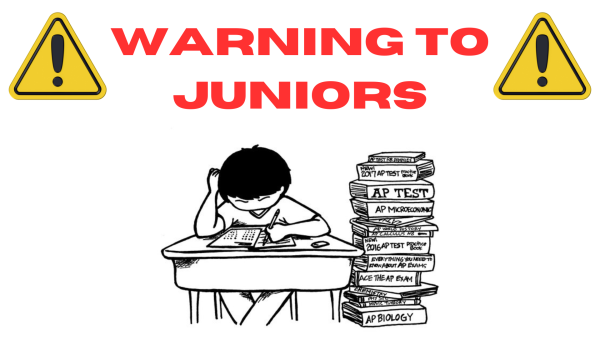The Crash of 2008 and What Modern Efforts Have Been Proposed

Taken from Pixabay.com
In 2008, we faced one of the worst financial crises in history. But now, in 2017, it seems as if we have made a turn. The unemployment rate is much lower, and even though our national debt is still rising, the effects of economic downturn are less apparent. In 2008, financial firms lent to much, consumers borrowed too much, and regulators failed to act on warning signs before this excessive risk-taking spiraled out of control. Worst of all, the Fed bailed out some firms because it determined they were “too big to fail” without the financial system imploding. The result was a panic so wide it threatened the entire economy. As soon as this occurred, there were a frenzy of new ideas. Backers of expanded regulatory processes believed the government had an important role in standards for the sale of financial products to limit fraud. They believed that lenders must document a borrower’s ability to repay a mortgage loan. Under another Obama-era rule, financial advisors must take their clients’ best interest into account when giving advice about investing for retirement.
Tougher rules have meant that regulators take a far more active role in the continuing management of large firms, and to some extent smaller firms. The pro-regulation advocates acknowledge that such involvement might be uncomfortable, but say it’s a lot better than burdening taxpayers in the event of future bailouts. Supporters of this approach acknowledge that it will restrict financial firms from doing certain kinds of transactions, but say it still leaves them plenty of room to operative and innovate. They just won’t be able to operate quite so freely as to do considerable potential harm to their customers and the public. They also say more needs to be done to improve financial oversight; looking for ways to ease the burden of enhanced regulation on community banks.







